FHN hava şəraiti ilə əlaqədar yenidən əhaliyə müraciət edib
27 Fevral 2025, 10:40
Qaynar xətt:
(+99450) 247 90 86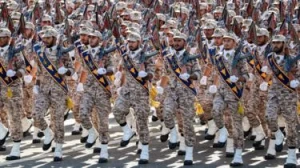
CƏMİYYƏT
933
06.01.2020, 02:50
Həmçinin oxuyun
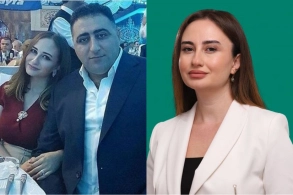
01:21 / 14 Dekabr 2025
 CƏMİYYƏT
CƏMİYYƏT
6

00:52 / 14 Dekabr 2025
 CƏMİYYƏT
CƏMİYYƏT
159

00:43 / 14 Dekabr 2025
 CƏMİYYƏT
CƏMİYYƏT
19

00:04 / 14 Dekabr 2025
 CƏMİYYƏT
CƏMİYYƏT
66
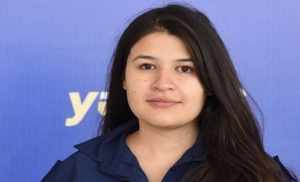
23:47 / 13 Dekabr 2025
 CƏMİYYƏT
CƏMİYYƏT
604
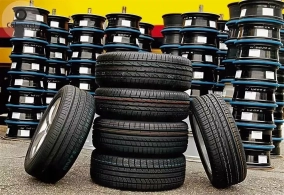
23:44 / 13 Dekabr 2025
 HÜQUQ
HÜQUQ
34

23:30 / 13 Dekabr 2025
 DÜNYA
DÜNYA
46

22:45 / 13 Dekabr 2025
 TİBB
TİBB
286

22:30 / 13 Dekabr 2025
 REDAKTORUN SEÇİMİ
REDAKTORUN SEÇİMİ
92

22:28 / 13 Dekabr 2025
 CƏMİYYƏT
CƏMİYYƏT
104
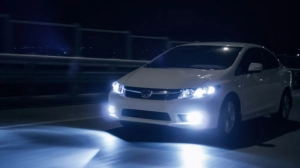
22:22 / 13 Dekabr 2025
 HÜQUQ
HÜQUQ
111
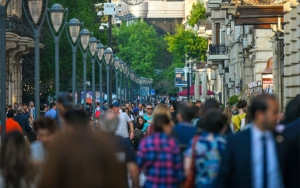
22:11 / 13 Dekabr 2025
 TİBB
TİBB
230
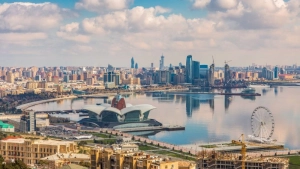
21:58 / 13 Dekabr 2025
 CƏMİYYƏT
CƏMİYYƏT
387

21:34 / 13 Dekabr 2025
 CƏMİYYƏT
CƏMİYYƏT
1001

21:21 / 13 Dekabr 2025
 DÜNYA
DÜNYA
80

21:19 / 13 Dekabr 2025
 CƏMİYYƏT
CƏMİYYƏT
105
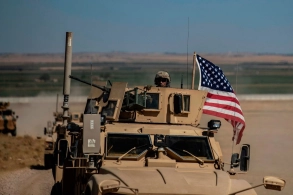
21:15 / 13 Dekabr 2025
 DÜNYA
DÜNYA
76

21:02 / 13 Dekabr 2025
 DÜNYA
DÜNYA
71
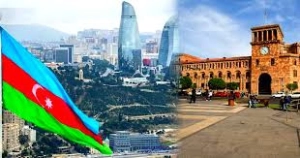
20:49 / 13 Dekabr 2025
 CƏMİYYƏT
CƏMİYYƏT
371
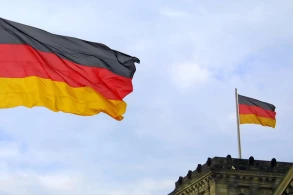
20:44 / 13 Dekabr 2025
 DÜNYA
DÜNYA
91
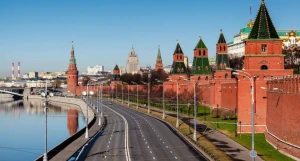
20:36 / 13 Dekabr 2025
 DÜNYA
DÜNYA
79

20:26 / 13 Dekabr 2025
 KRİMİNAL
KRİMİNAL
76

20:01 / 13 Dekabr 2025
 KRİMİNAL
KRİMİNAL
281

19:53 / 13 Dekabr 2025
 OXU24 TV
OXU24 TV
96
© 2025 Oxu24.com Müəllif hüquqları qorunur.